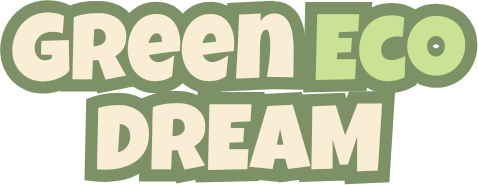The Johto region, introduced in the second generation of the Pokémon franchise with Pokémon Gold, Silver, and Crystal, holds a truly special place in the hearts of many trainers. It wasn’t just an expansion; it was a vibrant evolution of the Pokémon world, bringing forth 100 new creatures and a captivating storyline that even allowed players to revisit the familiar Kanto region. At the very core of this new adventure was the Johto Pokédex, a digital compendium meticulously designed to catalog every Pokémon encountered within this mystical land.
Unlike its predecessor, the Kanto Pokédex, the Johto version introduced subtle yet profoundly significant changes to how trainers interacted with and understood their Pokémon. It transcended being merely a list; it became a narrative instrument that deepened the lore and enhanced the immersion of the game world, making every discovery feel more meaningful.
The Genesis of Johto: Expanding the Pokémon Universe
The arrival of the Johto region marked a truly pivotal moment for the entire Pokémon series. Following the monumental success of Generation I, expectations for its successor were understandably sky-high. Johto not only met these expectations but exceeded them, building upon the established foundation while simultaneously forging its own distinct identity. The region itself, drawing inspiration from Japan’s Kansai and Tokai regions, presented a rich tapestry of traditional culture intertwined with breathtaking natural beauty.
The Johto Pokédex served as the indispensable guide through this uncharted territory, diligently documenting the 100 new Pokémon that made their homes in its sprawling forests, towering mountains, and vast seas. These fresh additions, ranging from the beloved starters Chikorita, Cyndaquil, and Totodile, to the majestic legendary beasts Raikou, Entei, and Suicune, significantly enriched the diversity and allure of the Pokémon ecosystem.
A Unique Numbering System: The Johto Pokédex Order
One of the most distinctive and often discussed aspects of the Johto Pokédex was its unique numbering system. While the comprehensive National Pokédex lists all Pokémon in the chronological order of their introduction, the regional Johto Pokédex took a different approach. It prioritized the Pokémon found natively within the Johto and Kanto regions that were accessible in the Generation II games. This often resulted in what appeared to be an unconventional order, with brand-new Johto Pokémon appearing alongside familiar Kanto creatures.
This thoughtful approach perfectly mirrored the game’s design philosophy, which heavily integrated Kanto Pokémon into the Johto experience. It beautifully underscored the inherent interconnectedness of the two regions, making the entire world feel more cohesive and alive. For countless players, this seamless blend of the old and the new fostered a profound sense of continuity and constant discovery.
Evolutionary Connections: Bridging Generations
The Johto Pokédex also played an absolutely crucial role in expanding the evolutionary lines of existing Pokémon. A number of Generation I Pokémon received exciting new evolutions in Generation II, such as Onix transforming into the formidable Steelix, Scyther evolving into the swift Scizor, and Eevee gaining two captivating new forms, Espeon and Umbreon. These additions breathed vibrant new life into older Pokémon, offering trainers fresh strategies and compelling reasons to revisit their long-time favorites.
These evolutionary advancements were frequently linked to innovative new mechanics like friendship levels, the time of day, and specific held items, adding intricate layers of depth to the Pokémon training experience. The Johto Pokédex meticulously documented these new forms, providing invaluable information for trainers dedicated to completing their comprehensive collection.
Beyond the Basics: Enhanced Features of the Johto Pokédex
Beyond its primary function of simply listing Pokémon, the Johto Pokédex introduced several thoughtful quality-of-life improvements and novel features that significantly enhanced its overall utility. It notably retained the charming ability to display a Pokémon’s footprint, a delightful detail that added to the thrill of discovery and the satisfaction of tracking down elusive creatures.
Furthermore, the Pokédex in HeartGold and SoulSilver, the beloved remakes of the original Generation II games, received minor yet impactful alterations and updates to its entries and organizational structure, reflecting the continuous advancements within the series. These enhancements transformed the Johto Pokédex from merely a reference tool into an indispensable part of the grand adventure, expertly guiding trainers on their epic journey to become true Pokémon Masters.
The Enduring Appeal: Why Johto Remains Beloved
The Johto Pokédex, and indeed the entirety of Generation II, continues to be passionately celebrated by fans for its innovative spirit and exceptionally rich content. It masterfully expanded the Pokémon world without ever losing the intrinsic charm of its origins. The perfect blend of new and old Pokémon, the thoughtfully unique regional numbering, and the array of enhanced features all converged to create an unforgettable and deeply cherished experience.
For countless individuals, the Johto Pokédex symbolizes a golden era of Pokémon, a time when the series truly blossomed into its own, striking a perfect balance between cherished tradition and exhilarating new possibilities. Its profound legacy lives on, continuing to influence subsequent generations and perpetually reminding players of the pure magic that so vividly defined their early Pokémon journeys.
